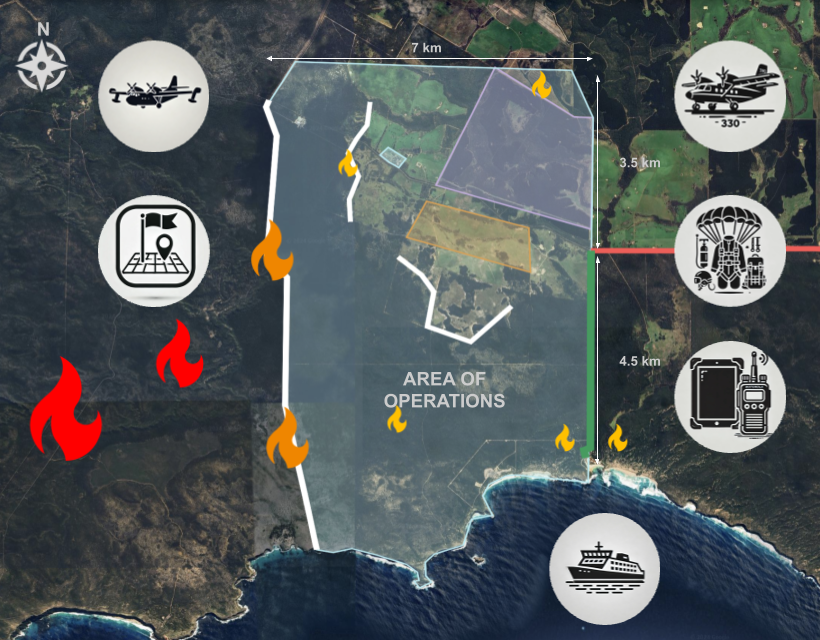
Context
The team has successfully regrouped after the scouting missions.
The bushfire continues its relentless advance into the team’s area of operations, driven by strong winds that push active fire fronts dangerously close to critical zones. The Western and Southern firebreaks are at severe risk, the Hanson Bay Wildlife Sanctuary faces imminent destruction, and the vulnerable population at the Western KI Caravan Park remains in jeopardy.
A CL-415 water bomber, Callsign WISKY-BRAVO, is en route from Melbourne, and the Kangaroo Island Ferry has been redirected to Hanson Bay. However, their arrival times remain uncertain, adding to the pressure on ground operations.
Rangers near the wildlife sanctuary have reported more spot fires and established communication with your team. Disturbingly, four of the remaining ten rangers are still unaccounted for, escalating concerns about their safety and complicating coordination efforts.
Task
Choose the best option to accomplish your mission balancing, fire containment, evacuation support, and ecological preservation.
Options & Decision
Explore the options below to decide on a final strategy (select one as a team) for fighting this bushfire. Your team must wait until there is 1 min (or less) remaining before selecting its decision.
Rally all efforts to secure Hanson Bay Beach as the lifeline for stranded civilians, creating a clear and stable evacuation path to safety. While this ensures immediate rescue for those at risk, it leaves fire containment and the sanctuary vulnerable, risking unchecked bushfire spread.
Reinforce the Western Firebreak Line to slow the fire’s advance and protect central areas. This strategy buys crucial time for other operations but leaves civilians and sanctuaries exposed to spot fires and escalating conditions.
Click to Select
Defend Hanson Bay Wildlife Sanctuary by securing critical habitats, locating missing rangers, and activating the water pump system you identified during your scouting mission. This protects endangered species and ecosystems but delays fire containment, leaving civilians vulnerable and risking further bushfire spread.
Adopt a balanced approach by dividing resources to tackle fire containment, evacuations, and ecological protection simultaneously. While this strategy addresses all priorities, it risks spreading resources too thin, potentially slowing progress where it’s needed most.
Launch aerial suppression missions to target critical fire zones with water bombers and relay vital intelligence for ground crews. This rapid response can curb spot fires and enhance strategy but faces challenges from high winds, delays, and limited support for ground containment efforts.
Establish temporary fire shelters near the Western KI Caravan Park, leveraging natural watering holes for protection that you identified during your scouting mission. This offers critical refuge for stranded civilians and eases evacuation pressures but risks failure in extreme conditions and pulls resources from suppression efforts.
Execute a controlled back-burn near the Western Firebreak to create a buffer, using the insights you gained during your scouting mission to guide the operation. This proactive measure removes fuel to slow the bushfire and establishes a temporary safe zone, but high winds and volatile conditions risk the fire escaping containment, escalating the danger.
Use farming equipment you identified during your scouting mission to quickly construct ember defense trenches along the southern firebreak, fortifying containment efforts. This strategy boosts efficiency and coverage but demands careful coordination and time to deploy resources effectively.

